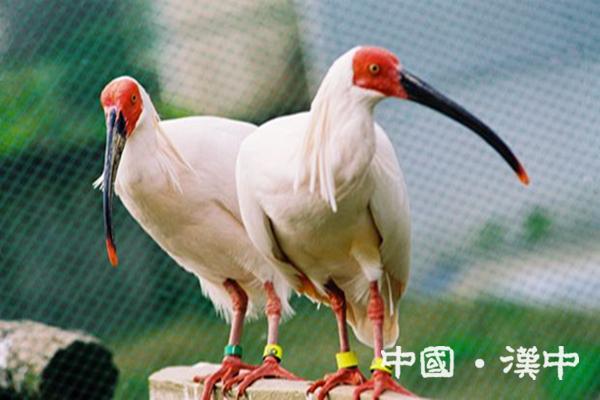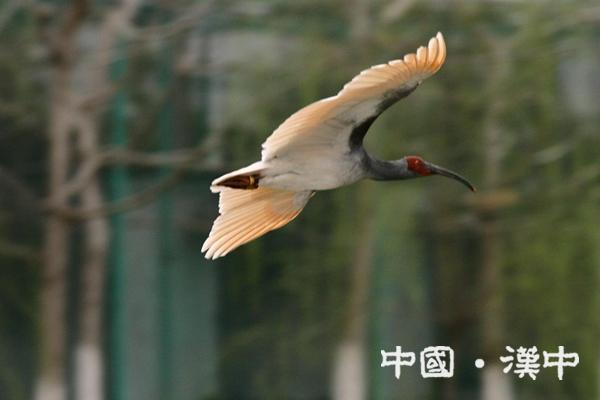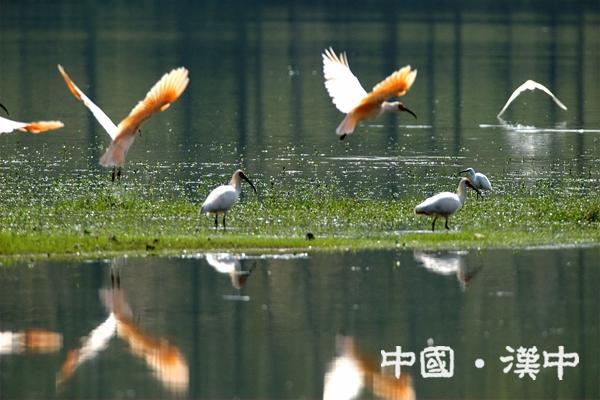365体育app手机版安全下载_365bet正网盘口_mobile288-365
Crested ibis, known as the "treasure of the East", "Oriental gem". In May, 1981, after years of investigation, Chinese ornithologists discover the Crested Ibis which is the only species group that exists at Yang Xian County, Shaanxi Province.
The species declined rapidly during the late 19th century and early to mid-20th century due to the deforestation of woodlands used for nesting, over-hunting and loss of wetlands, as well as the use of agrochemicals in rice-paddies, especially during the 1950s, which causes reductions in the abundance and diversity of its prey.
In 1990, the Shaanxi Crested Ibis Nature Reserve was established (Ding Changqing 2010). At Yangxian, nest-sites are patrolled and guarded during the breeding season. Some rice-fields are maintained as feeding-sites in winter and loach are introduced to them.






